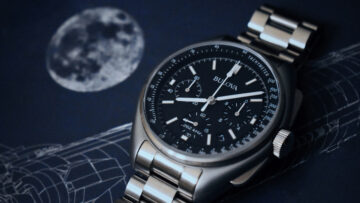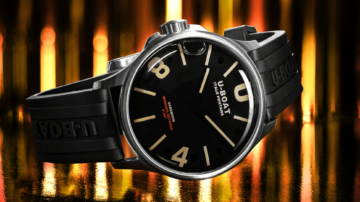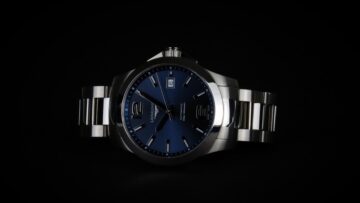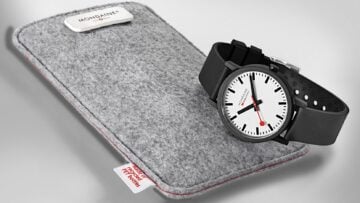The history of Rotary watches is long and dynamic. Rotary is one of the key Swiss made watch brands, crafting watches since 1895. For fans of the brand or those looking to find out more, here is a look into the history of Rotary watches.
The Beginning 1895 – 1920s
Rotary’s tale begins in La Chaux de Fonds, a city found amongst the Jura Mountains in Switzerland. This location is a hub of Swiss watchmaking excellence and Rotary is no exception. The brand’s founder, Moise Dreyfuss, opened their first factory in 1895 and the Dreyfuss family has owned the company since. To this day, the brand’s core values are grounded in accuracy and distinction at a reasonable price.’ Moise Dreyfuss generated the brand’s success due to his commitment to making merchandise of excellent quality and selling it at a reasonable cost.
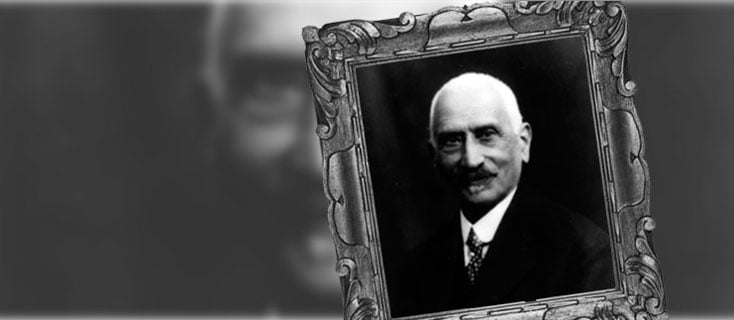
Twelve years after the company was founded, Moise Dreyfuss’s sons, named Georges and Sylvain, moved to Britain in order to open an office. This move aided the company’s ability to import and distribute watches to a larger customer base so that they could further grow the brand.
The Logo
By 1925, Rotary has developed significantly as a brand and its expansion into the UK meant that its name was becoming more well-known. It was time for them to create a logo to make the brand more recognisable and memorable. The logo the family settled on was a winged wheel, a symbol often associated with the Ancient Greeks. The Greek god Hermes was denoted by this symbol as it can be read to mean movement and progress, two concepts that mirror Rotary’s values.

The winged wheel has been adopted by many other organisations, such as the Institution of Municipal Engineers and the Swift Cycling Club, but most people will recognise it as being a symbol of the Rotary brand.
Innovation and Military Connections
With 1934 came the birth of Rotary’s first shockproof watches. These early models made use of innovative technology to ensure the high-quality product that Rotary had built their name around. These new models made watch wearing practical for people in manual labour jobs, as they no longer had to worry about damaging their timepiece with any little knocks and bumps. The wearability and durability of this watch led to Rotary becoming the official watch supplier of the British Army in 1940.
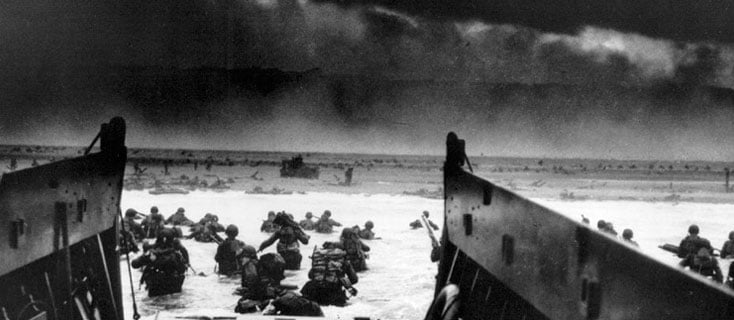
As the Second World War progressed, soldiers needed timepieces to be able to synchronise action and Rotary’s reputation of excellence made them a reliable supplier. The war-time campaign featured non-magnetic watches and focused on aviation and accuracy to exhibit the full potential of Rotary watches.
Timeless Style and Staying Afloat
To remain on trend for over 125 years, Rotary has had to make sure their styles stay with the times. In 1958, they began producing timepieces seasonally to stay in line with the latest fashions and mark milestones in the company’s history. Throughout history, Rotary has remained current but stayed true to its roots as it is their heritage that makes them such a well-respected brand. Unlike many traditional watch brands, Rotary managed to stay afloat during the Quartz Crisis.

They produced their first quartz watch in 1973, only 4 years after the original Seiko model that shook the industry. To maintain their popularity, Rotary sponsored British Racing Motors in the F1. This made the brand appealing to a new audience. The success of this campaign encouraged the brand to continue to launch fashionable and adventurous styles that would allow them to continue to support sporting events.
An Award-Winning Brand
At the turn of the millennium, Robert Dreyfuss (the fourth generation of this family company) led Rotary to move its Head Office to 13-16 Elm Street, London. The office is still in this location today. In September 2002, the brand won the Supplier of the Year Award at the UK Jewellery Awards of 2002, and they went on to win the same award the next year. Following the launch of their Dolphin Standard (2005) and the patented Rotary Round Revelation (2006), the brand achieves Superbrand status which continues throughout 2006-07. The Revelation collection provided a unique take on the common wristwatch with its two-sided face that allows the wearer to keep track of two different time zones.
Modern Day Design and Innovation
Throughout the past 20 years, Rotary has launched many collections. By expanding their catalogue, Rotary has made sure to stay on trend whilst maintaining the high standard craftsmanship that goes into each of their watches. In 2007, the brand launched Rotary Rocks, a collection of diamond-set pieces to give their customers a more luxurious option. This was followed by the launch of the fully automatic Editions range that was heavily design led to provide an accessory for the fashion-conscious wearer.
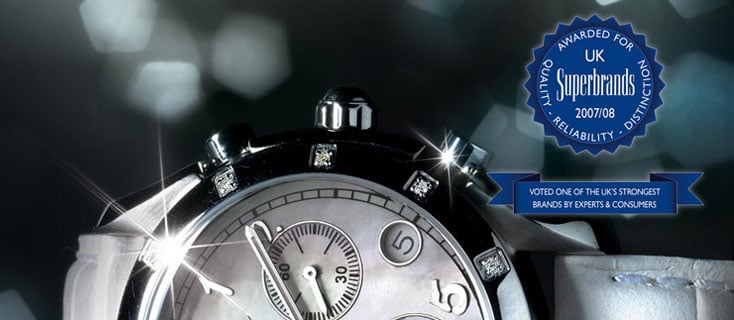
Throughout 2009, the brand reinforced its standard of distinction by introducing its Waterproof Standard and Lifetime Guarantee. These initiatives give watch collectors reassurance that their watches are sturdy and build to last. In the same year, the brand launched Rotary Aquaspeed and Rotary Les Originales to mirror the new initiatives and reinforce the brand’s values.
Rotary Today
Rotary is still owned by the Dreyfuss Group, remaining true to the values that the brand set out with: to produce a high quality product at an affordable price. Today their watches are sold in 65 countries worldwide. With their ambition to remain timeless and on-trend, Rotary is still a widely stocked and well-respected brand.
Click here to browse Rotary watches on our website
What are your thoughts on the history of Rotary watches? Let us know in the comments below!

